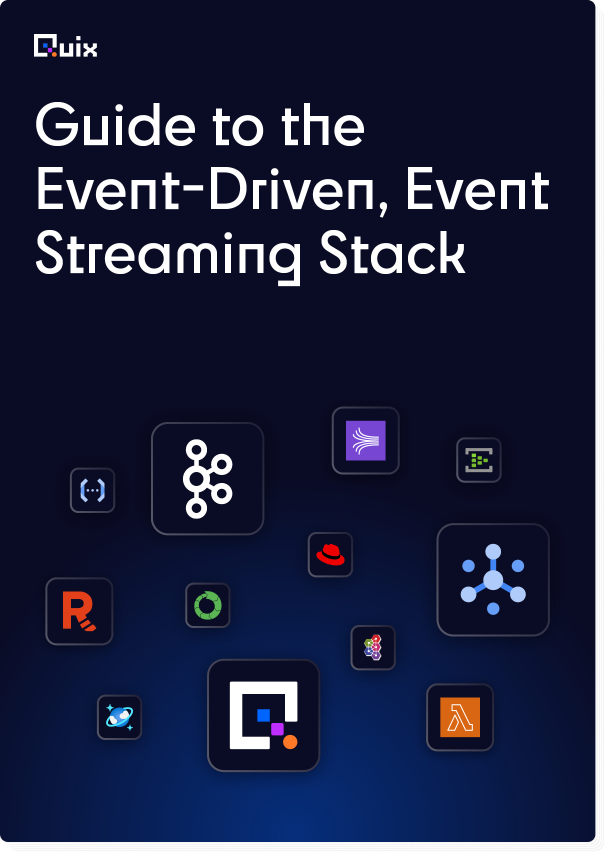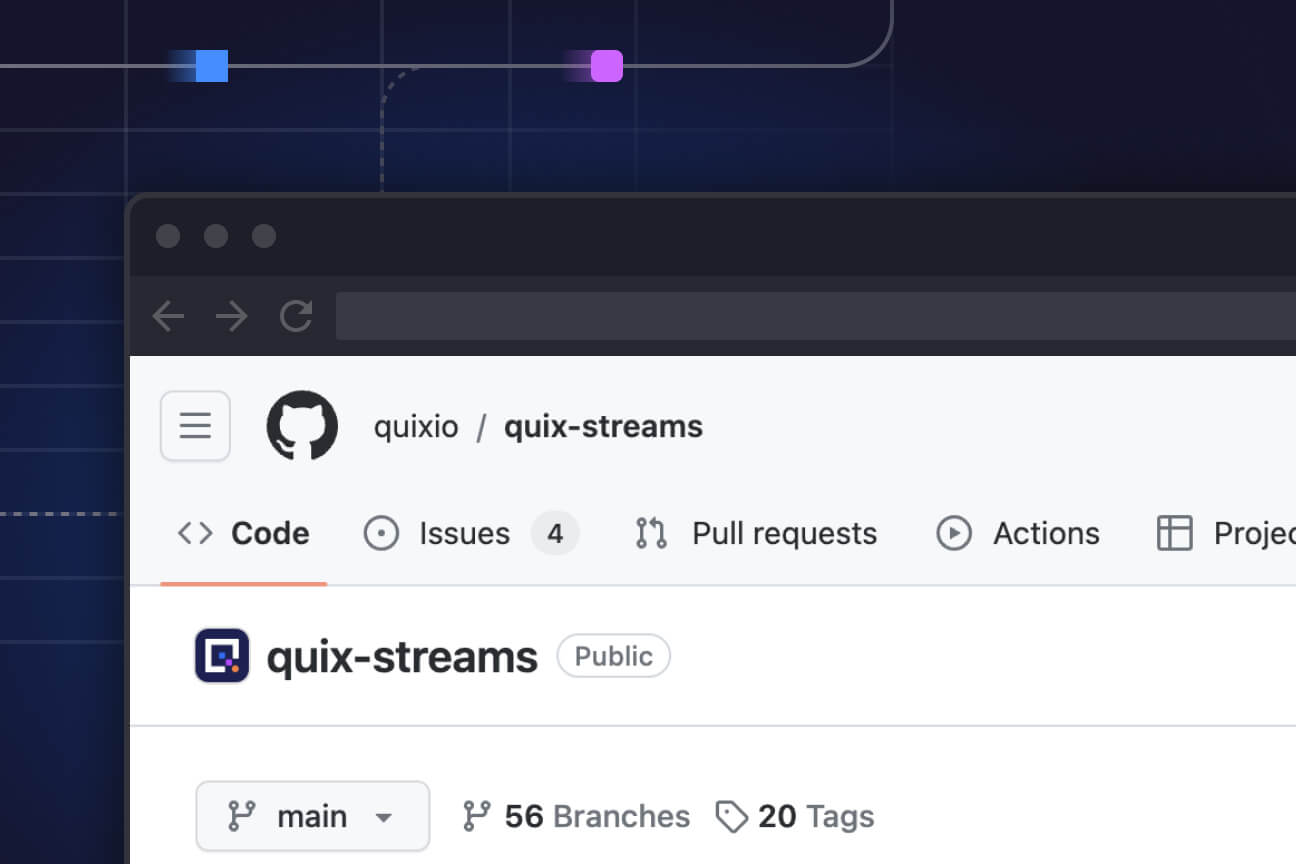The Stream — November 2022 edition
The November 2022 edition of The Stream: covering this month in stream processing on the internet.


Quix raises $12.9m Series A to accelerate event-driven data apps
MMC Ventures have led our Series A round to help us bring streaming to more software organisations! We're looking for new Quixers to join us across our engineering and product to help us in our mission. Check out our careers page if you're interested in joining 🚀

Uber Freight Near-Real-Time Analytics Architecture
How Uber changed their analytics architecture to save $1.5 million in 2021 through improved performance.

Real-Time at Pinterest
How Pinterest leverages real-time user actions in recommendations to boost home feed engagement volume

Shifting Data Science workloads from batch to streaming
Ralph Debusmann shares their journey of migrating from a batch machine learning platform to a real-time event streaming system with Apache Kafka® and delves into their approach to making the transition frictionless. The conversation is hosted by Streaming Audio's affable host Kris Jenkins.
More insights and news
- Kafka Infrastructure Renovation at Coinbase . Read more
- Monolith: Real-Time Recommendation System With
Collisionless Embedding Table. Read more - Why it's a good time to work on streaming analytics. Watch the clip on YouTube
- Mindfulness before Kafka. Read more
- An upcoming Stream Processing meetup in Berlin ❤️
What’s a Rich Text element?
The rich text element allows you to create and format headings, paragraphs, blockquotes, images, and video all in one place instead of having to add and format them individually. Just double-click and easily create content.
Static and dynamic content editing
A rich text element can be used with static or dynamic content. For static content, just drop it into any page and begin editing. For dynamic content, add a rich text field to any collection and then connect a rich text element to that field in the settings panel. Voila!
How to customize formatting for each rich text
Headings, paragraphs, blockquotes, figures, images, and figure captions can all be styled after a class is added to the rich text element using the "When inside of" nested selector system.

Check out the repo
Our Python client library is open source, and brings DataFrames and the Python ecosystem to stream processing.

Interested in Quix Cloud?
Take a look around and explore the features of our platform.

Interested in Quix Cloud?
Take a look around and explore the features of our platform.






